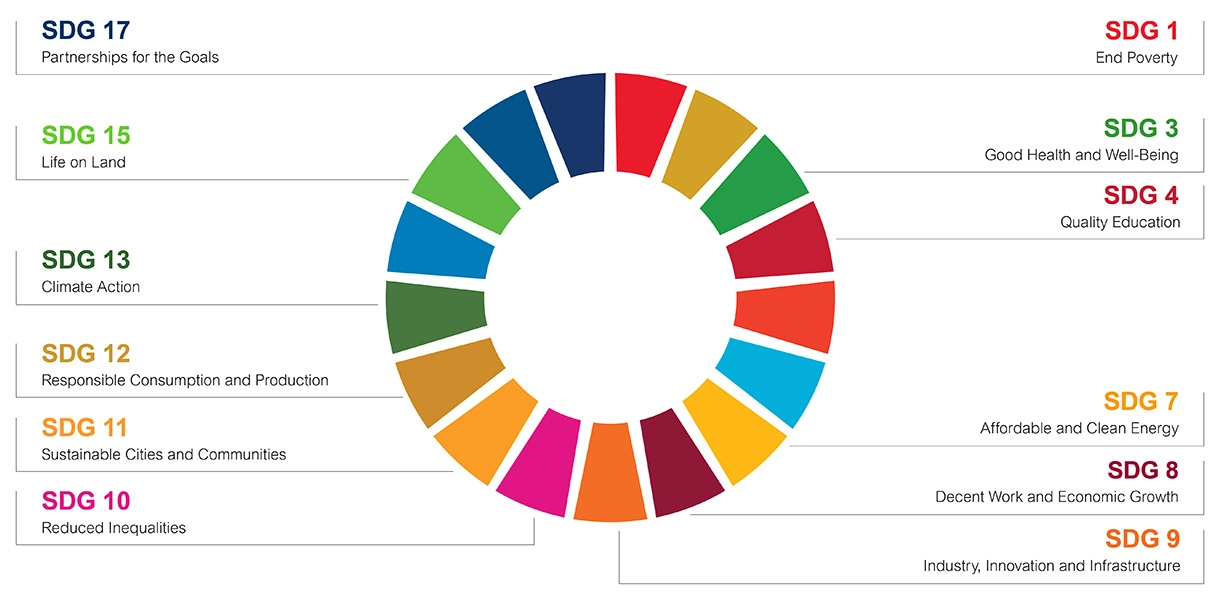Sustainability » Our Approach
Fitzrovia’s strategy for Action
Customers, staff and investors increasingly expect businesses to address the impact of their activities on the planet, on people and within the communities in which they operate. Moreover, Fitzrovia, as the London home to the architectural and built- environment sectors, provides a unique opportunity for the district to show its leadership and delivery in recreating cities as sustainable and liveable places.
The Fitzrovia Sustainability Strategy and Action Plan responds to the opportunity of these expectations.
Methodology
Co-created with the community, the development of the strategy and action plan was informed by baseline research, interviews with the public sector and businesses, a review of a sample of member businesses environmental and social governance strategies and face-to-face engagement with businesses, stakeholders and residents through a series of workshops.
Key suggestions from the participant engagement were captured in the context of the internationally-recognised SDGs, the United Nations’ Sustainable Development Goals framework, and the sustainability themes adopted by The Fitzrovia Partnership – Economic, Environmental and Social.
Delivering the Sustainability Strategy for Action Plan
Four Principles will be adopted by The Fitzrovia Partnership:
1. Become a sustainable organisation in all its operations.
This means transitioning to become a circular economy and net zero carbon organisation, adopting an ethical and environmental approach to procurement and upskilling the team on sustainability.
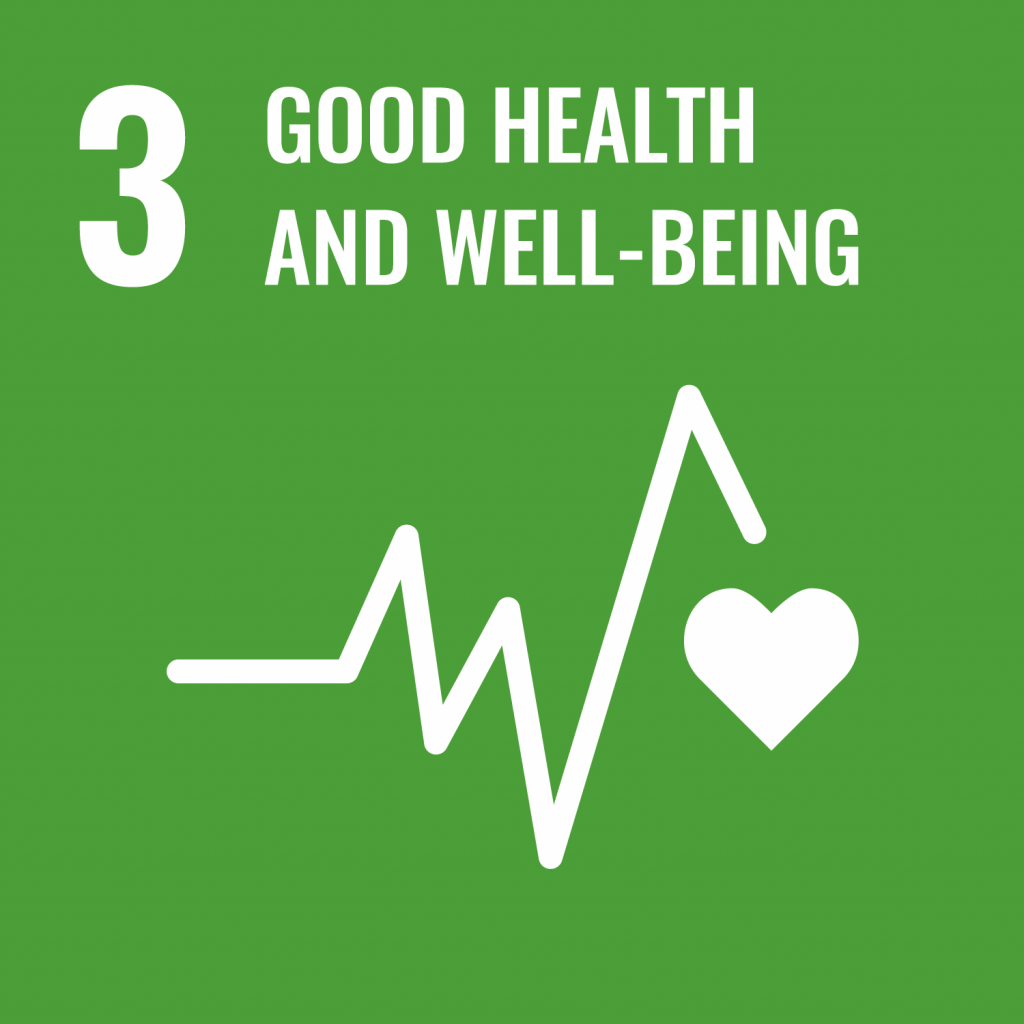
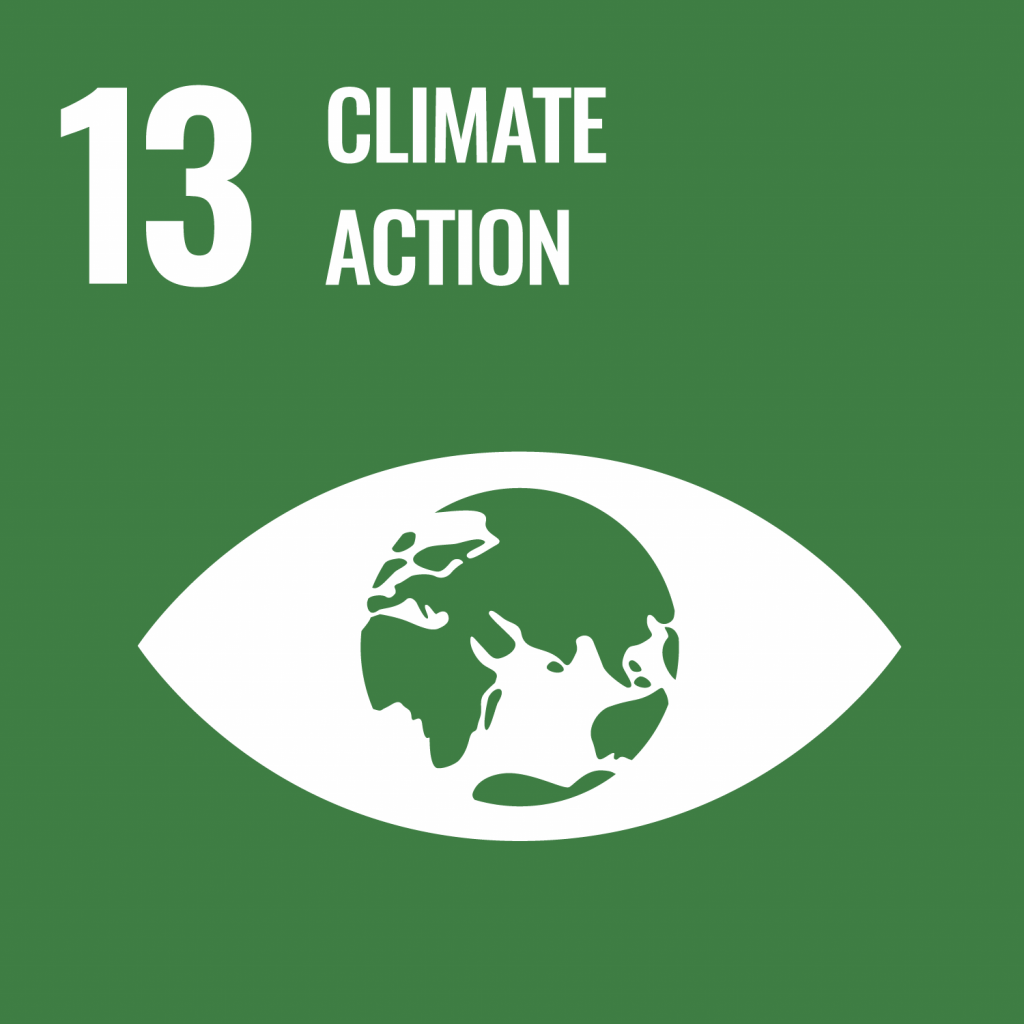
2. Support its’ members to become more sustainable organisations.
This means providing advice and guidance for all sectors, securing inward investment, advocating for laws, tax incentives and funding to support businesses to become more sustainable.my and net zero carbon organisation, adopting an ethical and environmental approach to procurement and upskilling the team on sustainability.
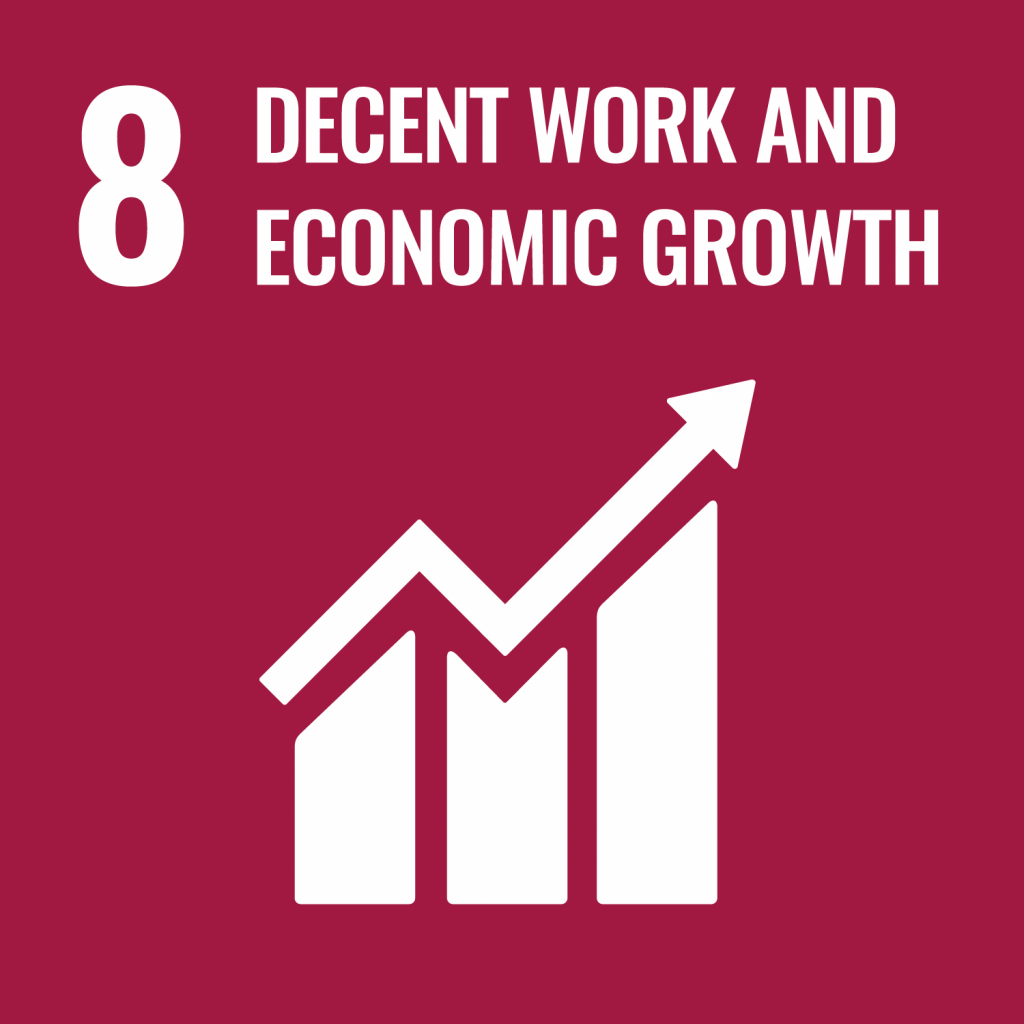
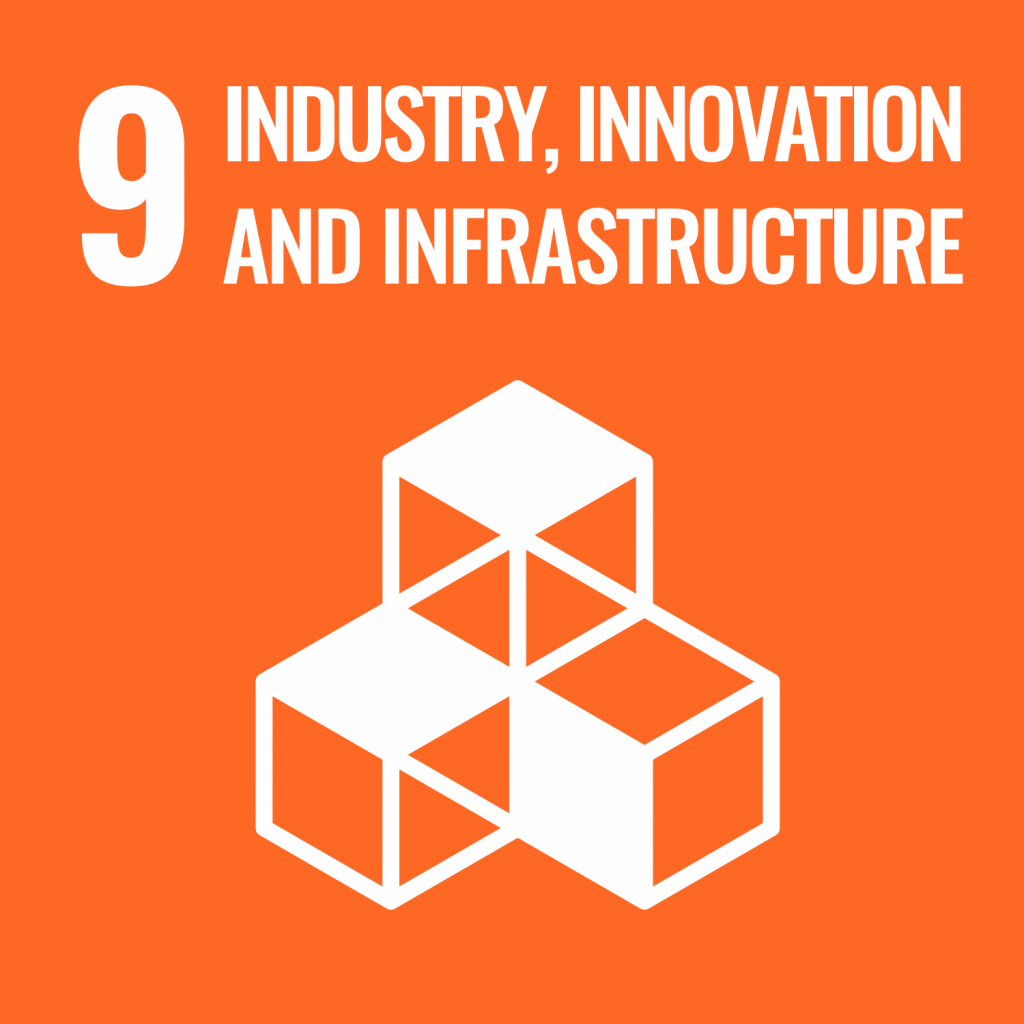
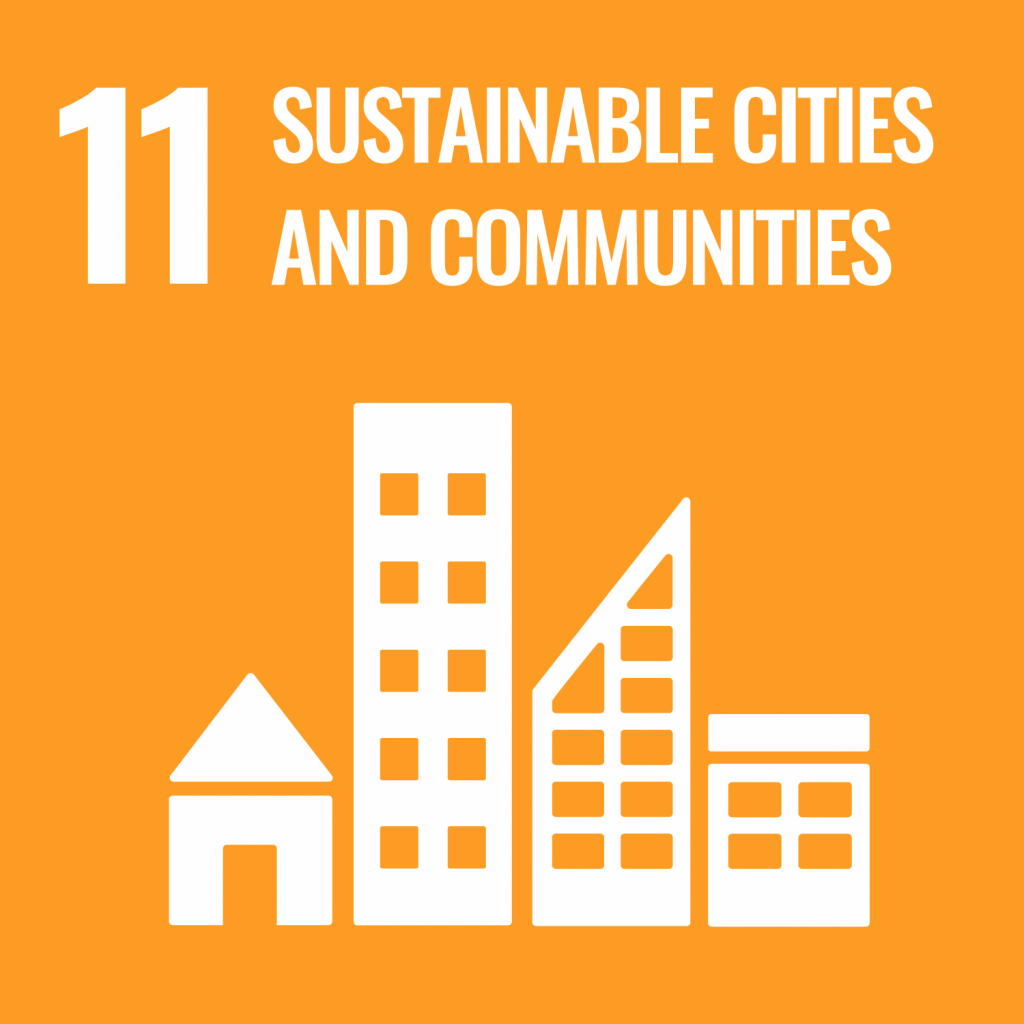
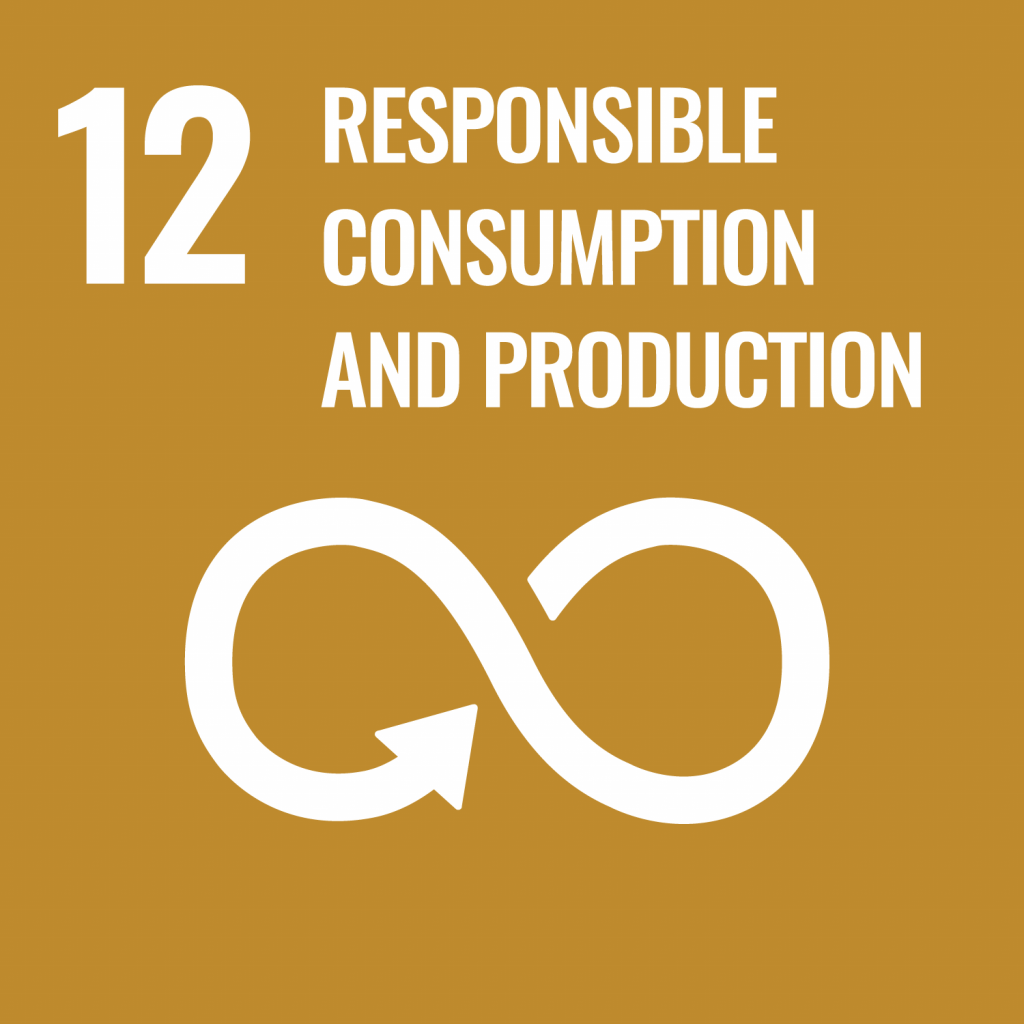
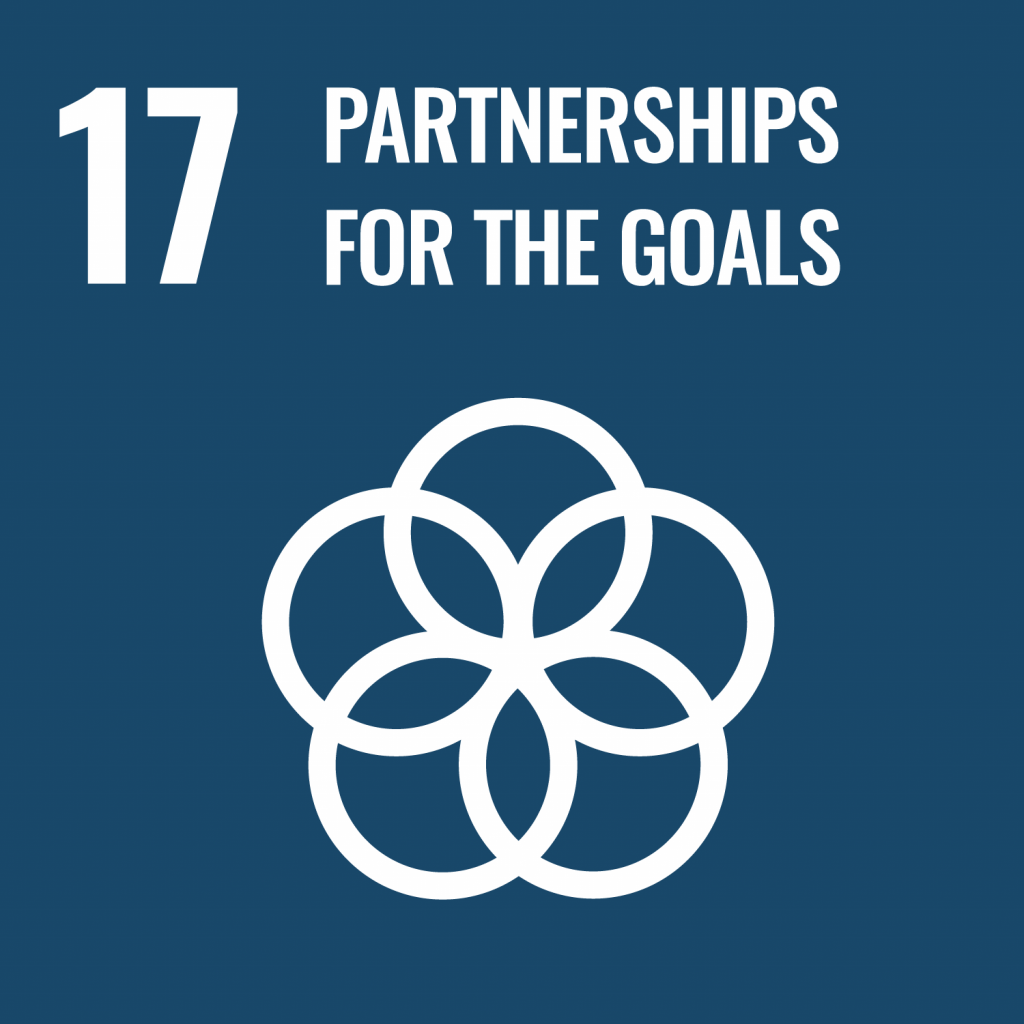
3. Facilitates collaborative working across stakeholders and the community.
This means facilitating partnership working and bringing together different skills, contributing to the development of members’ sustainability strategies, identifying and securing additional funding for sustainability projects.

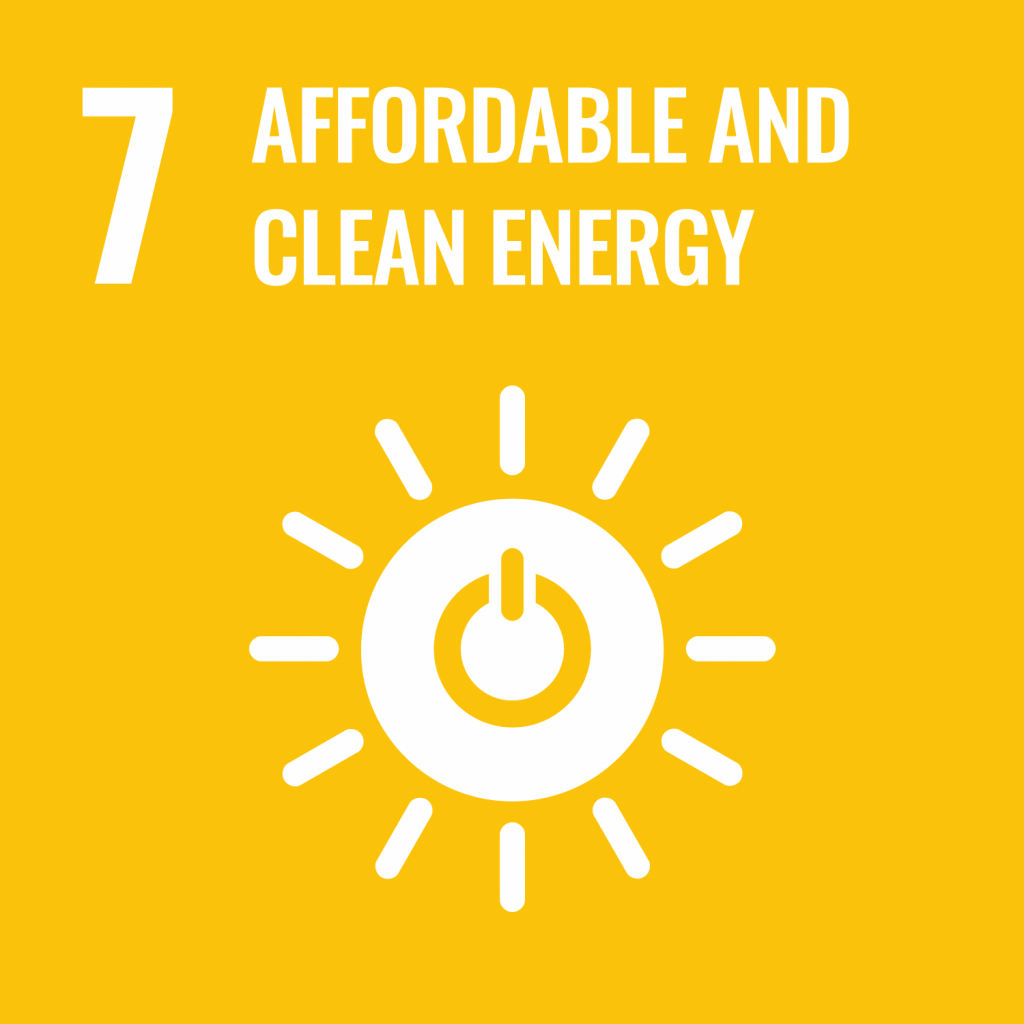


4. Ensures robust and accountable governance, tracking and reporting of progress.
This means leadership from The Fitzrovia Partnership’s board, oversight of progress through a steering group (see below), SMART actions to enable measurement of progress, sharing best practice and lessons learned.

Sustainability Steering Group
Led by Professor Peter Bonfield, the sustainability steering group meets quarterly. It will oversee the progress of projects and actions and prioritise new actions.
Progress on projects will be updated quarterly.
An annual report on deliverables and progress will be published.
FEEDBACK
Through a collaborative process with local businesses, residents, and investors, three research and engagement projects were carried out to understand Fitzrovia’s key sustainability challenges. Their input shaped a Strategy and Action Plan that reflects shared priorities and supports a common vision for the area’s future.
Three research and engagement projects were undertaken:
1. Baseline analysis of Fitzrovia
Analysis of the current economic, environmental and social situation in Fitzrovia identified seven key issues, which are summarised below and can be seen in further detail in Appendix A .
| Issue and Baseline | |
|---|---|
| Key Issues | Benchmark |
| 1. Thriving economy – key commercial roads lack identity and have comparatively high vacancy rates. | A visual count of vacant commercial properties indicated that between 7% and 20.5% are vacant on some of the key roads in Fitzrovia, noting however that some may be let but not occupied, or be undergoing refurbishment. |
| 2. Circular Economy – we will encourage businesses to reduce materials that become waste with better options to turn waste into value-added products. | Low awareness and limited support and guidance for shifting commercial activity to circular economy-based practices, such as designing for durability and longevity, minimising material input uses, shift to leasing and sharing models and sustainable supply chain procurement. |
| 3. Buildings' emissions – buildings' energy use is the major cause of carbon emissions in Fitzrovia (55% of total carbon emissions in 2021). | To remain leasable all commercial buildings must have an Energy Performance Certificate (EPC) rating of A, B or C by 2027 and A or B by 2030. 47% of the non-domestic floorplate is rated C or above and only 23% is rated B (2025). |
| 4. Air quality – high levels of NOX and particulate matter, potentially affecting respiratory health. | Euston/Marylebone Roads are London's most polluted roads and generally air quality across the Fitzrovia area is poor. Commercial activity is the main cause of NO2 emissions, followed by road transport. |
| 5. Lack of green space – Fitzrovia is designated in local planning documents as an area deficient in green space. | Fitzrovia has only 3.9sqm of green space per person, which is significantly lower than Camden (24.5 sqm) and Westminster (21.7sqm) averages. |
| 6. Public realm and sustainable transport – streets and spaces are not always prioritised for people and sustainable transport. | There are limited spaces for people to dwell, children to play and, particularly in Fitzrovia Westminster, few cycle routes. |
| 7. Recycling and waste – identified by stakeholders as a major challenge in Fitzrovia, both in terms of rubbish on the streets affecting the appearance of the area, insufficient facilities for on-street recycling and reducing use of materials and low awareness of how to embrace circular economy principles. | The average recycling rates in the boroughs of Westminster and Camden are 25% and 28% respectively. The average for London is 33% and the 2030 London target is 65%. |
2. Engagement with members, stakeholders and the local community
Stakeholders were engaged in the co-creation of this Strategy and Action Plan through interviews, surveys and workshops. The three sustainability themes were used as a framework for engagement.
| Summary of contributions from participants | ||
|---|---|---|
| Economic | Environmental | Social |
| Shop sustainably and choose circular economy and Locally-produced options | More green spaces and trees | Address social inequality |
| More apprenticeships and training | Better walking and cycling routes | Reduce crime |
| Improve the public realm | Improve recycling and waste management | Create outdoor spaces |
| Retrofit buildings | Festivals and events | |
3. Public Realm Audit
A public realm and place audit identified that the district has a mix of vibrant commercial streets such as Great Portland Street, Goodge Street, Mortimer Street and Great Titchfield Street. They are affected by traffic, noise and ground-floor vacancies. Many side streets, such as Carburton Street, Foley Street and Cleveland Street are quiet in contrast. Most streets in Fitzrovia lack landscaping and trees.
Public Realm Opportunities
The audit identified opportunities to improve the public realm to support more active and healthy travel and create spaces for the community to relax and for children to play.
The key opportunities are:
- Charlotte Street and surrounding streets (Goodge Street, Mortimer Street, Windmill Street, Percy Street, Charlotte Place):
A charming food and beverage quarter with the potential to be a vibrant destination - Chitty Street: A quiet street with the potential for transformation into a new garden space
- Warren Street: A key gateway to Fitzrovia with the potential to offer a better and safer arrival experience, providing a quiet space for residents, workers, visitors and hospital staff and patients
- Cleveland Street: A key north-south route which can capitalise on the opportunity of new developments, transform its walking routes and amplify its daytime food and beverage offer
- Foley Street ‘village square’: nestled between the Community Centre and All Souls Primary School, this could become a traffic-free space to bring together the community of Fitzrovia
- Foley Street food and beverage quarter: to the west of the proposed ‘village square’ and home to a cluster of independent restaurants, cafés and bars which could be supported with widened footways, planting, more alfresco dining and street activations.
Two of the Fitzrovia area’s streets were identified as needing place action plans, specifically:
- Great Portland Street: Offers opportunities for economic growth which supports the nearby food and beverage businesses as part of the Fitzrovia economic ecosystem
- Tottenham Court Road which, in recent years, has benefitted from investment in its public realm but still needs concerted effort to develop a coherent destination identity to help it achieve its full commercial potential.
See Place and Public Realm Proposals for details on improving Fitzrovia’s streets.
FRAMEWORK
The development of the strategy and action plan used two sustainability frameworks to guide stakeholder engagement and feedback resulting in its co-creation.
Our three sustainability themes:
1. Economic
Supporting a thriving, circular and inclusive economy, supporting commercial activity, growing key sectors, supporting local businesses, fostering job creation and attracting investment to ensure the economic vitality of Fitzrovia.
2. Environmental
Improving local air quality and reducing carbon emissions, designing out waste, extending the life of products, supporting nature recovery and migrating to a net zero carbon and circular economy.
3. Social
Delivering more social value, creating a healthy, inclusive and sustainable neighbourhood, by enhancing the quality of life for those who live in, work in or visit Fitzrovia.
The United Nations’ Sustainable Development Goals
The United Nations’ Sustainable Development Goals (SDGs) are an internationally-recognised framework and set of targets for a better, more sustainable future for all.
The SDGs were used as a framework to engage members, stakeholders and the community in the development of this Sustainability Strategy and in prioritising its actions, adopting SDGs 1, 3, 4, 7, 8, 9, 10, 11, 12, 13, 15 and 17 that address our three sustainability themes:
